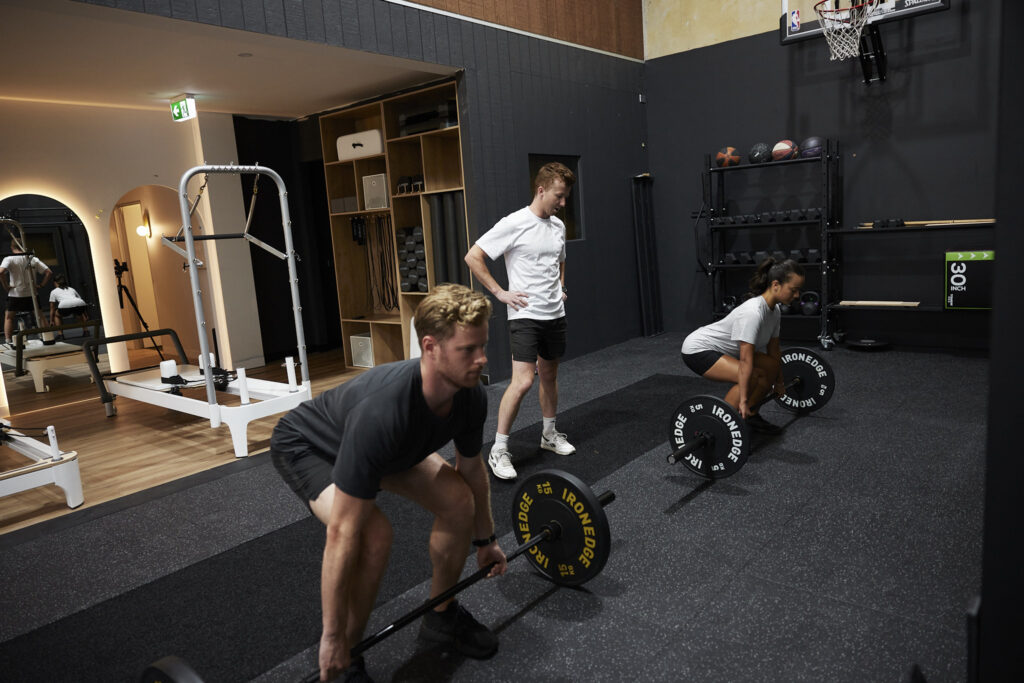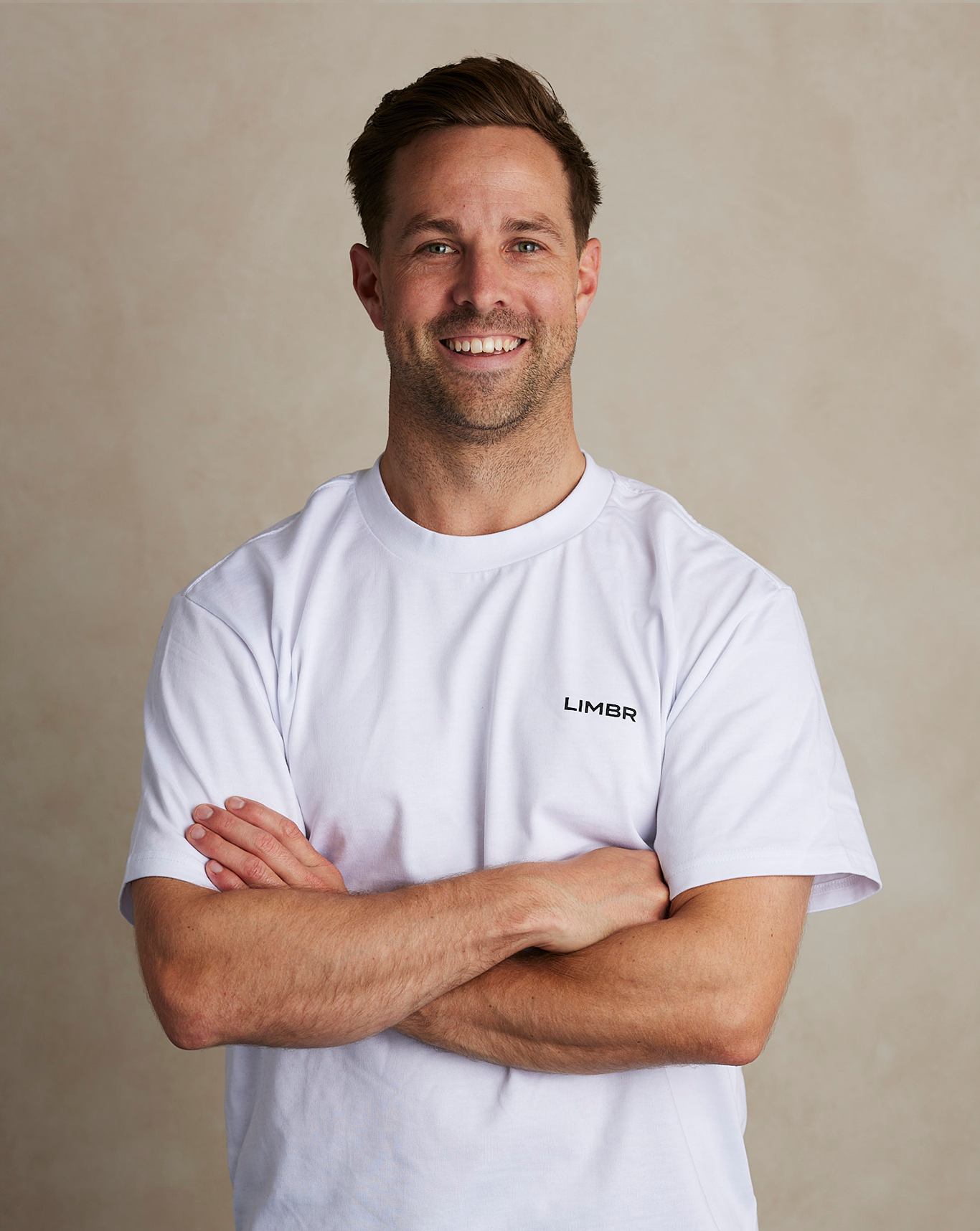Should my back hurt after doing deadlifts?
Damien Ryan 05/12/22The short answer to this question is NO. The deadlift is also NOT a back exercise! Yes, sure, the deadlift recruits muscles located in your back if performed correctly but did you know that the target tissue for a deadlift is actually your hamstrings and glute muscles!
The deadlift, or a hinge movement pattern, is arguably one of the most pivotal movements for someone to develop and master to get through life safely! Learning how to move your body to pick things up from the ground, bending over a sink washing dishes for a period of time, picking up young ones from the ground, not tearing a hamstring when picking up a ball in football, the list goes on!
Firstly, I want to explain what a ‘hinge movement’ is. A hinge movement is where your upper body hinges over your hips/pelvis to lean forward and then return to the upright position safely. A fantastic example for this would be a ‘drinking bird’ {insert gif}. As you can see, there’s two opposing movements:
- The torso and upper half leans forward in a straight line/neutral spine
- The hips/pelvis more backwards and upwards
The hips and pelvis oppose the movement of the upper body.
Unfortunately, I am presented with deadlift injuries often in the clinic but these injuries usually have a key reason as to why it happened. More often that not, people have been doing deadlifts without being taught how to perform it properly or they fail to understand the reasoning and method behind a deadlift. Another reason we see deadlift injuries in the clinic is because people haven’t developed enough strength and movement competency before trying a deadlift.
Can you perform a glute bridge/hip thrust without feeling your low back working? If your answer is no, then I dare say you need to master a movement like a glute bridge or hip thrust before trying a deadlift!
Now this is where I’ll be very clear. Everyone is different. Everyone moves differently. Everyone has different areas of tightness/restriction. Everyone responds to different cueing or tips to help them deadlift safely. This is why it’s INTEGRAL to be properly assessed and provided an individualised and tailored program to allow you to deadlift safely and when you are ready to do so.
Here at Limbr, we pride ourselves on our ability to help, educate and get you moving better and safer. If you have suffered a deadlift injury, want to learn how to deadlift, want to pick things up off the ground without hurting your back or want to stop tearing your hamstring in sport then please reach out. We are here to help!

